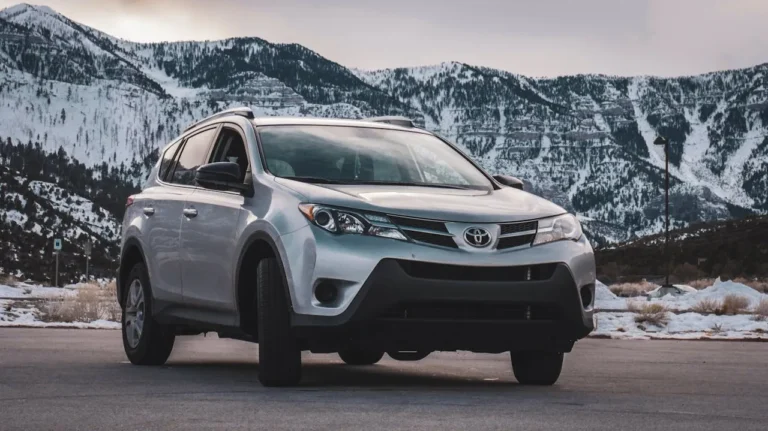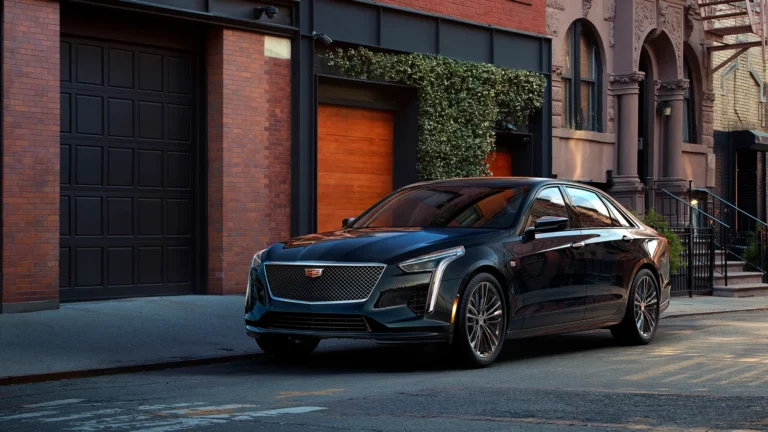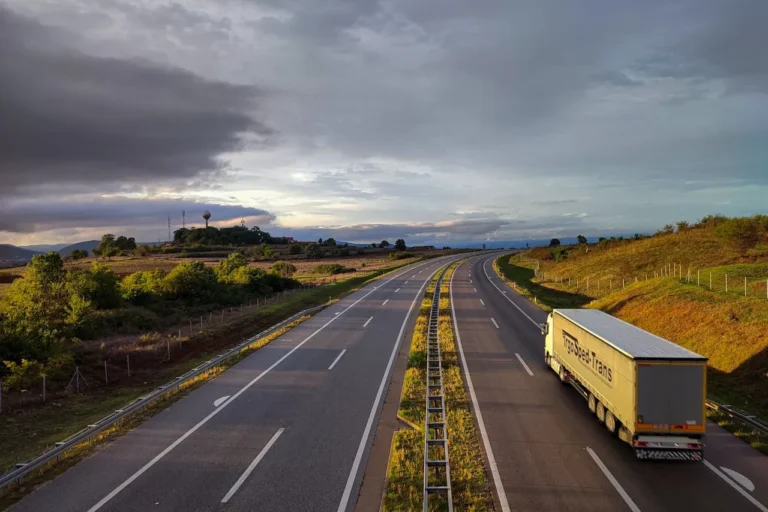
Attorney Amy Witherite and Technology Experts Warn of the Risks Associated with Driverless Cars and Trucks
The rapid development of autonomous vehicle technology has sparked intense debates over its safety and practicality. While proponents argue that driverless cars and trucks will reduce accidents, increase efficiency, and revolutionize transportation, technology experts caution that there is no conclusive evidence supporting these claims. They stress that the technology has not been fully vetted and that its implementation could pose significant risks. Attorney and traffic safety advocate Amy Witherite, whose law firm specializes in motor vehicle accident cases, underscores the urgent need for thorough evaluation before the widespread adoption of driverless vehicles.
Technology Experts Express Safety Concerns
The Association for Computer Machinery (ACM), a prestigious organization representing the nation’s leading computer engineers, has issued stark warnings about the potential hazards of autonomous vehicles. According to ACM, experimental driverless cars and trucks have already caused serious injuries and fatalities. The organization predicts that such incidents will continue as the technology evolves but remains imperfect.
“Experimental automated vehicles have caused and will continue to cause serious injuries and fatalities to public road users, as well as other problems,” ACM stated in a recent report.
While companies developing autonomous technology claim that driverless vehicles will ultimately reduce the number of traffic accidents, ACM and other experts urge policymakers not to accept this assumption without rigorous analysis and regulatory oversight.
Expansion of Driverless Trucking Services Raises Alarms
Despite the growing concerns from safety experts, driverless trucks are set to hit the road in increasing numbers this year as autonomous transportation services continue to expand. Logistics giant DHL Supply Chain has already launched autonomous freight-hauling services, operating routes between major Texas cities such as Dallas, Houston, Fort Worth, and El Paso. Meanwhile, Kodiak Robotics, Inc., in partnership with Pilot Company, recently opened a facility in Villa Rica, Georgia, to support autonomous trucking operations on highways throughout the state.
Industry leaders argue that driverless trucking offers economic benefits, including reducing transportation costs and mitigating labor shortages in the trucking industry. However, critics worry that these financial incentives are being prioritized over public safety. Autonomous trucks, which can weigh up to 80,000 pounds when fully loaded, pose a significant danger in the event of system failures, sensor malfunctions, or unpredictable road conditions.
Ride-Hailing Companies Embrace Autonomous Vehicles
Beyond the freight industry, ride-hailing companies are also accelerating their push toward driverless transportation. Uber, a dominant player in the rideshare market, has announced plans to deploy autonomous taxis, known as robotaxis, built by Waymo, a leading driverless technology firm. The rollout will begin in major metropolitan areas, including Austin, Texas, and Atlanta, Georgia. Similarly, Lyft has revealed its intention to introduce robotaxis to Dallas in the coming year. Unlike traditional transportation developments, these initiatives require no city approval, leaving local governments with little control over their implementation or oversight.
This trend raises concerns about public trust and safety. Many passengers may be hesitant to enter a driverless vehicle, especially given the existing skepticism surrounding autonomous technology. Moreover, questions remain about liability in the event of accidents involving robotaxis. Without a driver to hold accountable, legal challenges could arise regarding responsibility for injuries, property damage, and fatalities.
The Questionable Safety of Autonomous Vehicles
Attorney Amy Witherite, who has spent decades advocating for traffic safety and representing accident victims, has voiced serious reservations about the unchecked expansion of autonomous vehicles. “One big sales pitch for driverless vehicles is that they will be safer,” said Witherite. “But ACM recently warned that policymakers should not assume that is the case.”
Indeed, ACM’s findings suggest that fully automated vehicles cannot currently operate safely without human intervention, except under limited and controlled conditions. The organization warns that even with continued advancements, there is no guarantee that self-driving technology will ever reach a level where human oversight is unnecessary.
“Fully automated vehicles cannot now and may never be able to operate safely without a human driver’s active participation and engagement except on limited roadways and under controlled conditions,” ACM stated.
Witherite concurs with this assessment, emphasizing that policymakers have struggled to keep up with the rapid pace of technological advancements. “We fully agree with these experts that policymakers have struggled to keep pace with advancing technology and have yet to put in place an effective regulatory system that assures the public that safety concerns are being adequately addressed,” she stated.
Lack of Real-World Testing and Public Skepticism
One of the most significant concerns surrounding autonomous vehicles is the lack of extensive real-world testing. According to ACM, as of 2023, fully automated vehicles had been test-driven for less than 20 million miles. In contrast, conventional vehicles collectively accumulate trillions of miles on the road each year. This vast discrepancy means that self-driving technology has not been exposed to the countless unpredictable scenarios that human drivers encounter daily.
The limited testing raises doubts about whether autonomous vehicles are truly prepared for real-world conditions. Unexpected obstacles, inclement weather, construction zones, erratic human drivers, and pedestrian behavior all pose challenges that current driverless systems may not be equipped to handle reliably.
Public sentiment reflects these concerns. A study conducted by the Pew Research Center found that only one in five Americans feels comfortable or extremely comfortable sharing the road with driverless cars. This hesitancy underscores the need for further research, transparency, and regulatory oversight before autonomous vehicles become widespread.
The Regulatory Gap and the Future of Driverless Vehicles
The debate over driverless technology is further complicated by the absence of a robust regulatory framework. While the federal government and various state agencies have established guidelines for testing and deploying autonomous vehicles, there is no comprehensive system in place to ensure safety compliance. Many experts argue that existing regulations are insufficient and lag behind the pace of technological advancements.
Without proper oversight, manufacturers and technology companies are left to set their own safety standards, raising concerns about conflicts of interest. Advocates for stricter regulations, including Witherite, insist that lawmakers must take proactive measures to establish clear guidelines, conduct independent safety assessments, and hold companies accountable for any risks posed by their technology.
Final Thoughts: Proceeding with Caution
The promise of driverless technology is undeniably enticing. Reduced traffic congestion, increased mobility for individuals with disabilities, and potential environmental benefits are just a few of the advantages that proponents highlight. However, these potential benefits must be weighed against the very real safety risks and uncertainties that still exist.
Attorney Amy Witherite’s call for caution is rooted in her extensive experience handling motor vehicle accident cases. “The warning signs are there, but is anyone in authority listening?” she asks.
As the race toward autonomous transportation continues, it is crucial for industry leaders, policymakers, and the public to engage in open, fact-based discussions. Comprehensive testing, stringent regulations, and a commitment to safety must be prioritized over the rush to implement driverless technology. The future of transportation may be autonomous, but ensuring that future is safe and responsible should be the primary objective.







